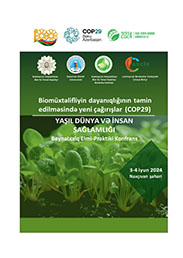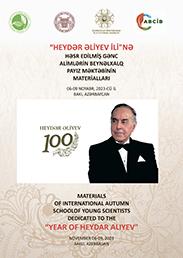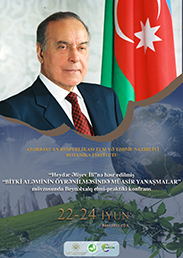During the 80 year development period of the Institute of Botany known as a wide-profile scientific center studying the world of plants of Azerbaijan, thousands of papers on the regional flora were published, a number of innovations with regards to families, genera and species were discovered, nomenclature of some taxa were changed, their species composition and new habitats were identified. Besides, studies were also conducted on the vegetation cover, individual plant formations, introduction of useful plants and their adaptation to climate. Later, along with these areas, the theoretical foundations of the rational use of vegetation were developed, and the experimental areas of botany were significantly developed, in particular, such areas of science as plant physiology, biochemistry, biophysics, molecular biology, genetic engineering, bioinformatics, etc.. A new stage of the development of the Institute started simultaneously with the socio-political changes that Azerbaijan implemented after gaining its indepence in 1991.
Azerbaijan’s flora diversity is extremely rich, about 5000 higher plant species grow here and their description continues to this day. The study of the biodiversity and its origin, conservation of the nature and its resources are one of the important directions of the Institute. The intensive activity of the Institute in this direction started since 2000 and aimed at studying the diversity of local and Caucasian flora, analysis of endemic and rare plant species, assessment of their status in accordance with modern categories and criteria and their protection. The research carried out in recent years within the framework of memorandums and agreements signed by the staff of the Institute of Botany with various leading scientific organizations around the world is very important in this regard. In recent years, monitoring of endangered species have been carried out on the basis of categories and criteria adopted by the International Union for Conservation of Nature (IUCN) and their conservation status has been assessed at a modern level. In 2013, the staff of the Institute became the compilers of the second edition of the Red Book of Azerbaijan, which includes 300 rare and endangered species of plants and mushroom. Also, scientists of the Institute of Botany were the authors of the systematic monograph “Red List of Endemic Plants of the Caucasus”, published in English in the United States in 2014.
Since 1998, the Institute of Botany has been participating in a number of scientific programs in accordance with modern international standards: “Conservation of biodiversity of Caucasian endemic plant species” of the Missouri Botanical Garden in 2006-2009, “Caucasus Plant Biodiversity Initiative” of Botanic Garden and Botanical Museum Berlin-Dahlem (BGBM) from 2009 “Collection of Wild Plants of Azerbaijan” of the Millennium Seed Bank of Royal Botanic Gardens, Kew, since 2012 to date and Global Plant Initiative (GPI, USA) (2013-2015). As a result of this successful activity, the infrastructure of the Institute was significantly updated, the Herbarium Foundation, the most significant in the Caucasus, was renewed, and modern trends in botanical science were introduced. As a result of this cooperation, it became possible to train young specialists in new areas of botany, such as molecular systematics and phylogeny of plants, phytosociology of ecosystems, etc., to create an innovative botanical museum and a seed bank of rare plants at the Institute, to digitize rare samples of herbarium foundation, to transfer them to the European database. The Institute also operates a database that contains information on 1650 species growing in Azerbaijan, as well as a database of populations of rare and endemic plant species.
Since 2014, the Institute of Botany has been a participant in the international project “World Flora Online”, dedicated to the “Electronic floristic list of known plant species” organized by the Missouri Botanical Garden (USA). An agreement was also signed between the Institute and the Andrew W. Mellon Foundation (USA). Information on the type samples of about 230 plant species described from the territory of Azerbaijan for science for the first time was included in the GPI database. The groups “Innovative Technologies” and “Biodiversity Informatics” consisting of young specialists successfully work at the Institute in these areas.
Study of biodiversity and the Institute’s achievements in this area actively developed along with the integration of scientists into the world botanical society and strengthening the international scientific relations.
In recent decades, the scientists of the Institute have studied the current state of vegetation in the North-East of the Greater Caucasus and the North-West of the Lesser Caucasus and the Kur-Araz lowlands, provided a geobotanical description of vegetation, prepared recommendations for pasture improvement and assessed environmental risks. Successful results in this direction have been reflected in numerous articles published in prestigious publications both in the republic and abroad (Kluver, Springer, Capital Publ. and etc.). The monograph “Ethnobotany of the Caucasus” (2017), dedicated to the rare medicinal and food plants used by the local population in the flora of Azerbaijan since ancient times, as well as book “Plants of the Greater Caucasus (Azerbaijan)”(2019) for the identification of plants during field research published in Azerbaijani and English and “Vascular Plants of Azerbaijan”, (2019), a nomenclatural checklist of nonflowering plants are noteworthy.
The physicochemical parameters of a number of food, medicinal and dye plants have been determined, biologically active substances of plant origin have been obtained individually, their chemical structure and spatial structure have been identified, and recommendations have been developed for the use of a number of compounds new to science. About 100 copyright certificates and patents have been obtained, some of which have been used in various industries such as pharmaceuticals, fragrances and dyes.
In other direction on the experimental area of botany extensive studies were carried out to identify and regulate the cellular and molecular mechanisms of plant resistance to stress, study and select plant species of the local flora, adapted to contaminated soils and the mechanisms of accumulation of heavy metals in them. For the first time wormwood species with ability to accumulate high amounts of heavy metals has been discoveredin the territory of Azerbaijan and their use as a bioindicator of soil and air pollution has been proposed. Extensive field experiments were conducted within the framework of the International Center for Biosaline Agriculture under the project “Improving food security in low-yielding soils of the Mediterranean and Caspian basins”, new varieties were selected and introduced into agriculture and phyto-restoration measures of fertility of saline areas were carried out.
At present, research has been conducted in the following priority areas: expansion of molecular and phylogenetic research; assessment of plant diversity indicators, improvement of GIS database and mapping systems, development of prognostic models; assessment of the current status of populations of endemic, rare and endangered plant species; study of diversity of invasive plants; creation of a database of economically important biological resources, implementation of innovative research aimed at the development of high technologies; strengthening research in the field of ethnobotany; strengthening research to improve the ecological physiology and productivity of plant species in the context of climate change; identification of major botanical areas, methods of developing the scientific basis of satellite monitoring and technological improvement; continuation of enrichment of the herbarium collection and database, promotion of international collaboration and online activities for the exploration and conservation of biodiversity and ecosystems.




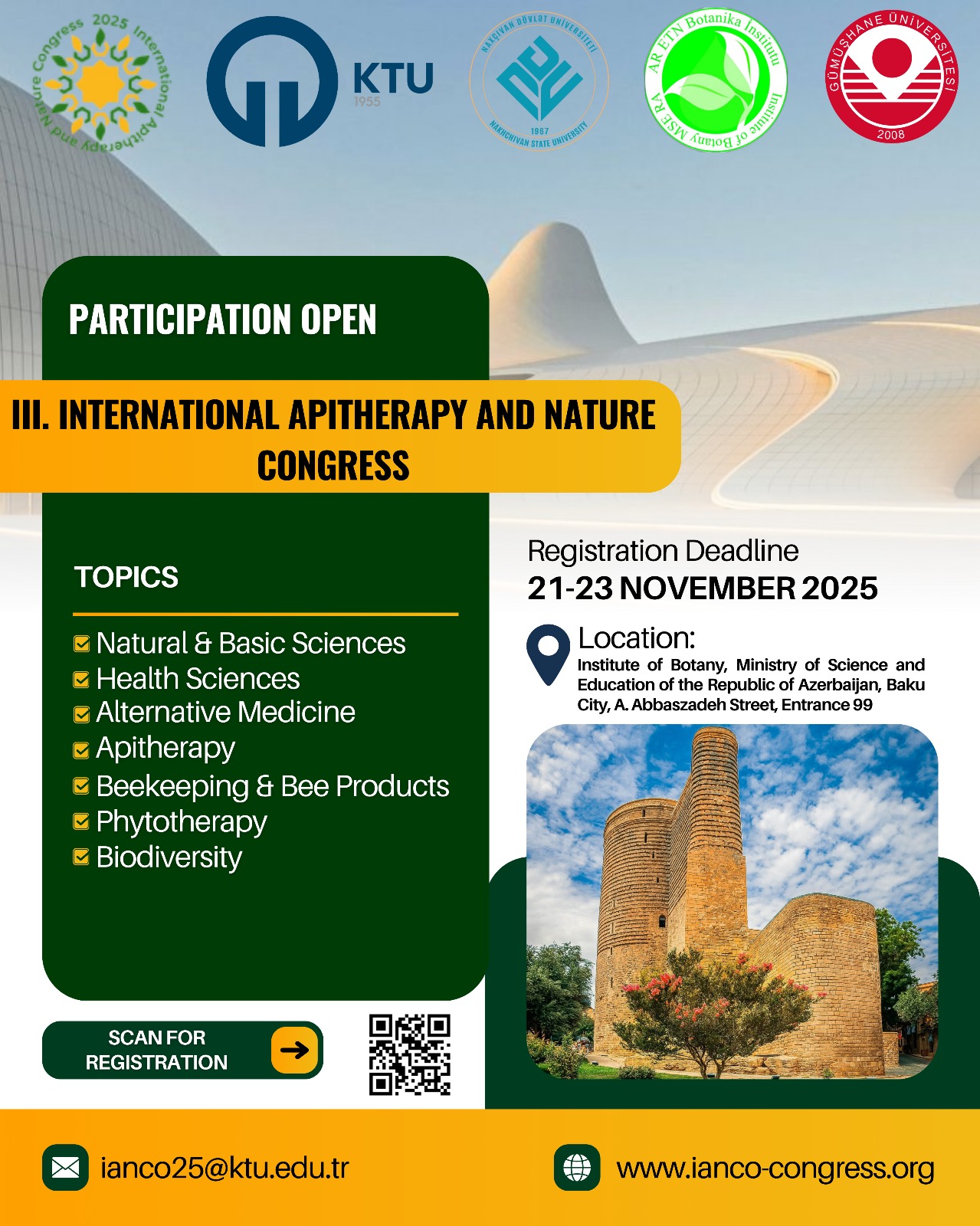
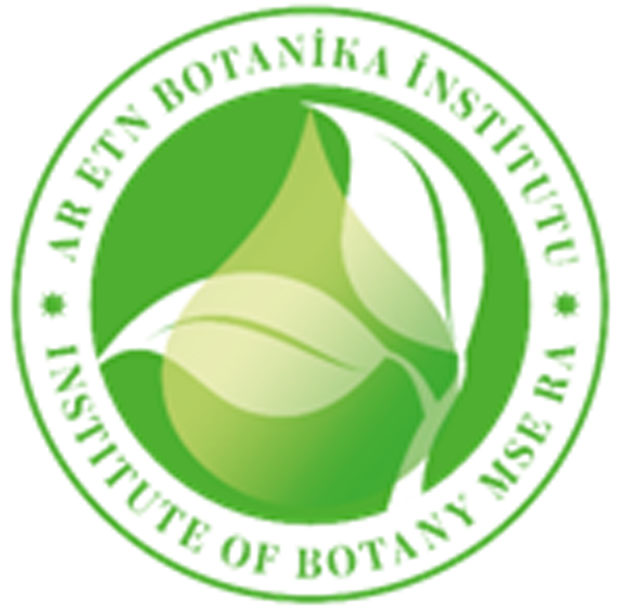
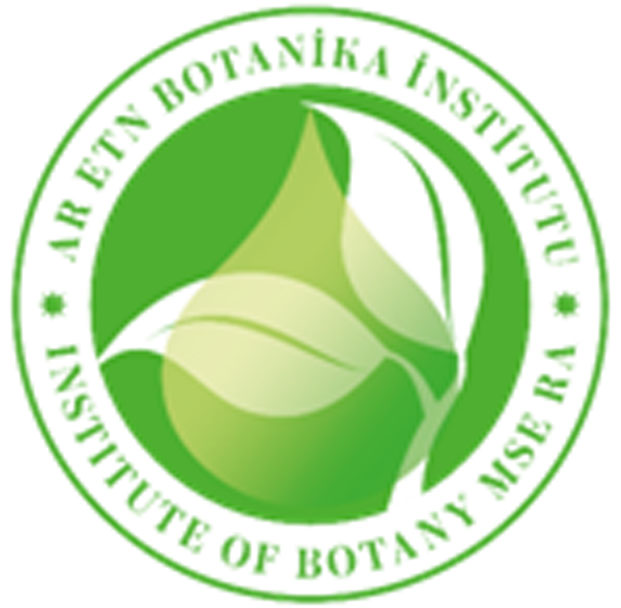
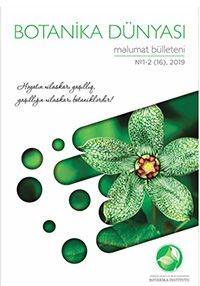
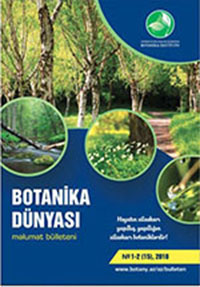
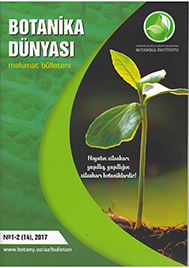
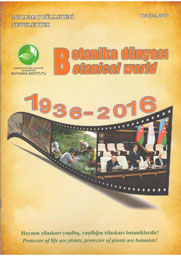
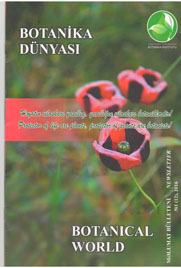


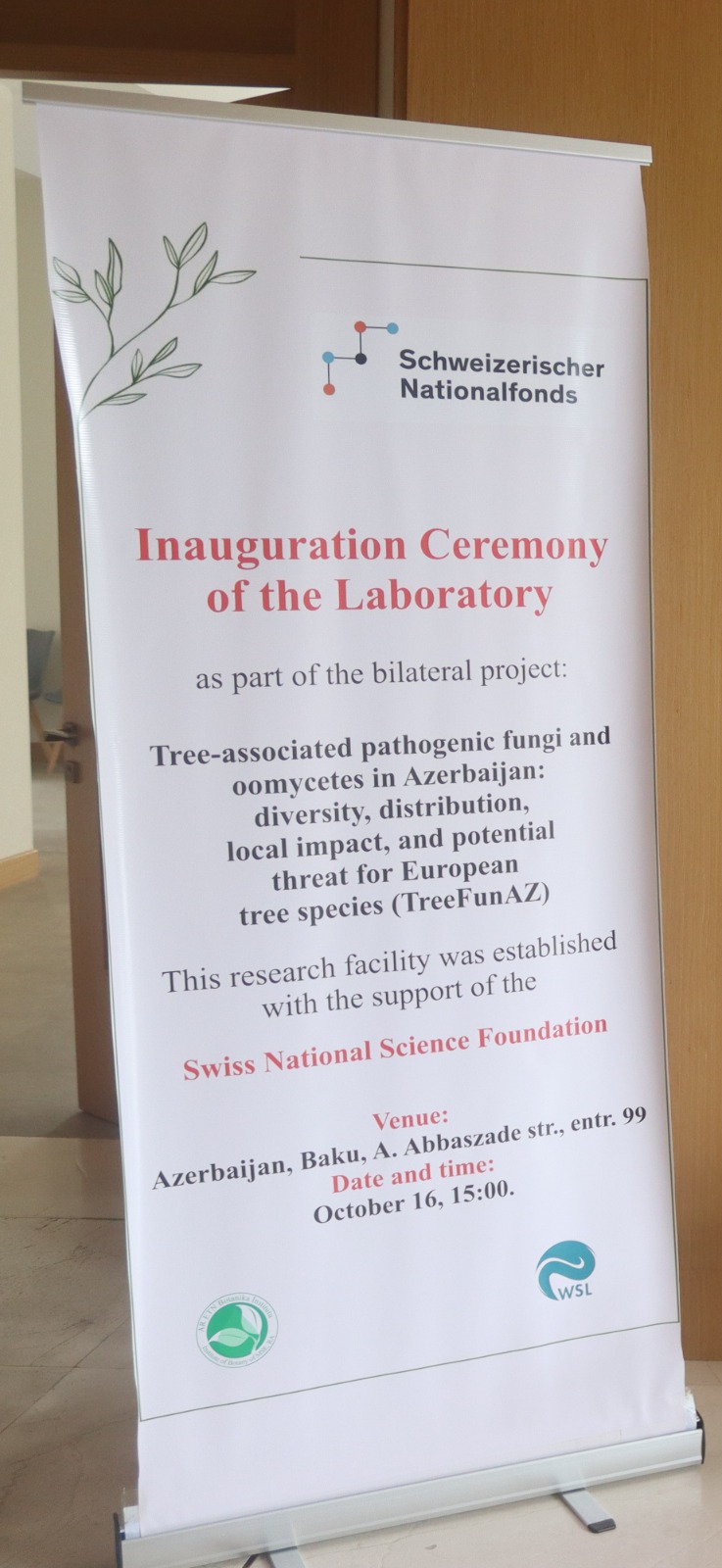


1730190904.jpg)
